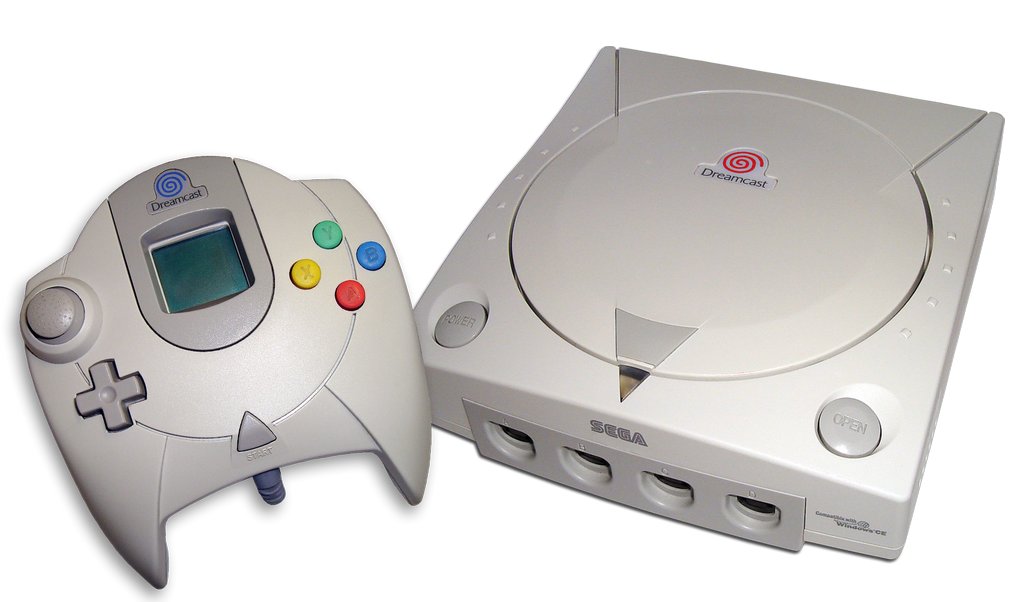The Dreamcast is a home video game console established and sold by Sega. The initial of the sixth generation of computer game consoles, it was released in Japan on November 27, 1998, in North America on September 9, 1999, and in Europe on October 14, 1999. The fifth and final home console generated by Sega, the Dreamcast is the follower to the Sega Saturn, whose business failing prompted the company to release it just four years after its precursor’s preliminary release.
All licensed games for the Dreamcast were launched on the GD-ROM layout, a proprietary CD-based optical disc style collectively developed by Sega and Yamaha Company that was capable of storing up to 1 GB of data. The Dreamcast itself features local lockout. While the higher-capacity DVD-ROM style was offered during the console’s development, its then-fledgling modern technology was regarded as well costly to carry out at the time, which resulted in ramifications for Sega when rivals such as Sony’s PlayStation 2 pertained to market; the Dreamcast was incapable to offer DVD flick playback when the general public started changing from VHS to DVD, and its games were incapable to take advantage of the DVD’s greater storage capability and reduced price.follow the link redream games download At our site Furthermore, a manipulate in the console’s duplicate protection system through its support for the little-used MIL-CD style efficiently enabled customers to play numerous video games burned onto CD-Rs, without any equipment modifications.
The Dreamcast’s first release in Japan had 4 launch titles, which were Virtua Competitor 3tb, Pen TriIcelon, Godzilla Generations, and July. The North American launching featured 19 launch titles, which included very prepared for ones such as Sonic Experience, Soulcalibur, and NFL 2K. The European introduction was initially mosting likely to feature 10 launch titles, yet the listing increased to 15 as its delay from the original September 23 launch date permitted the incorporation of a handful of additional titles. Because of the resemblance of the Dreamcast’s equipment with Sega’s very own New Game Operation Machine Concept (NAOMI) arcade board, it saw several near-identical ports of arcade video games. Plus, because the Dreamcast’s hardware used components comparable to those located in computers (Computers) of the era, especially ones with Pentium II and III processors, it additionally saw a handful of ports of PC games. American third-party author Digital Arts, which had thoroughly sustained Sega’s prior gaming consoles beginning with the Sega Genesis, elected not to develop games for the Dreamcast as a result of a dispute with Sega over licensing.
Sega stopped the Dreamcast’s equipment in March 2001, and software support promptly diminished therefore. Software greatly flowed to a drop in 2002, though the Dreamcast’s final certified video game on GD-ROM was Karous, launched just in Japan on March 8, 2007, virtually coinciding with the end of GD-ROM manufacturing the previous month. The final first-party ready the Dreamcast was Puyo Fever, launched as a Japanese exclusive on February 24, 2004.
This checklist files all formally released and homebrew games for the Dreamcast. It does not include any type of cancelled games, which are recorded at the list of cancelled Dreamcast games.
 Dreamcast video games |

